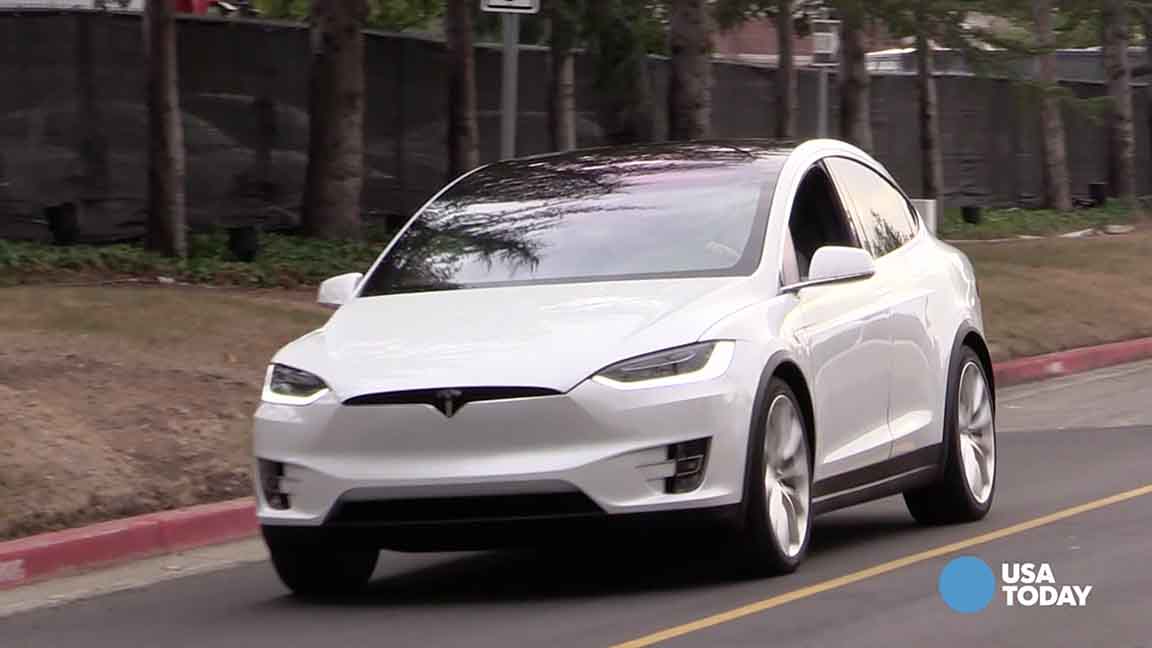Tesla's Model X electric SUV earns top safety marks

Tesla's Model X luxury electric crossover has hit the spot on safety by winning top marks in crash testing by the National Highway Traffic Safety Administration.
The Model X SUV was awarded the highest rating, five stars, in each of the government's three crashworthiness categories. Those include frontal, side and rollover crashes.
The versions of the all-wheel-drive Model X earning the top safety honor include the 60D, 75D, 90D, P90D and P100D. The Model X has yet to be tested by the Insurance Institute for Highway Safety for consideration as a Top Safety Pick or Top Safety Pick Plus designee.
By comparison, the only other model currently being delivered by Tesla, the Model S sedan, earned five stars in rollover tests for the 60, 60D, 75, 75D, 90D, P90D and P100D models but was not tested in frontal or side crash tests for an overall rating.
It fell short of a Top Safety Pick rating from IIHS, the testing arm of the insurance industry, but was rated acceptable in the stringent small overlap front test. It's headlights, however, like so many other models from other brands this year, were rated poor.
Tesla's closest competitor in terms of battery range, the 2017 Chevrolet Bolt electric vehicle, has not yet been tested under either program.
Tesla wasted no time celebrating its safety milestone for the Model X.
"More than just resulting in a five-star rating, the data from NHTSA's testing shows that Model X has the lowest probability of injury of any SUV it has ever tested," Tesla stated on its website. "In fact, of all the cars NHTSA has every tested, Model X's overall probability of injury was second only to (the) Model S."
The California-based automaker attributed the Model X's crashworthiness to its all-electric architecture and powertrain design, including its "rigid, fortified" battery pack mounted beneath the floor to create an uncommonly low center of gravity for an SUV, which helps prevent rollovers."
Tesla said that in a serious crash, Model X occupants have a 93% probability of escaping serious injury.